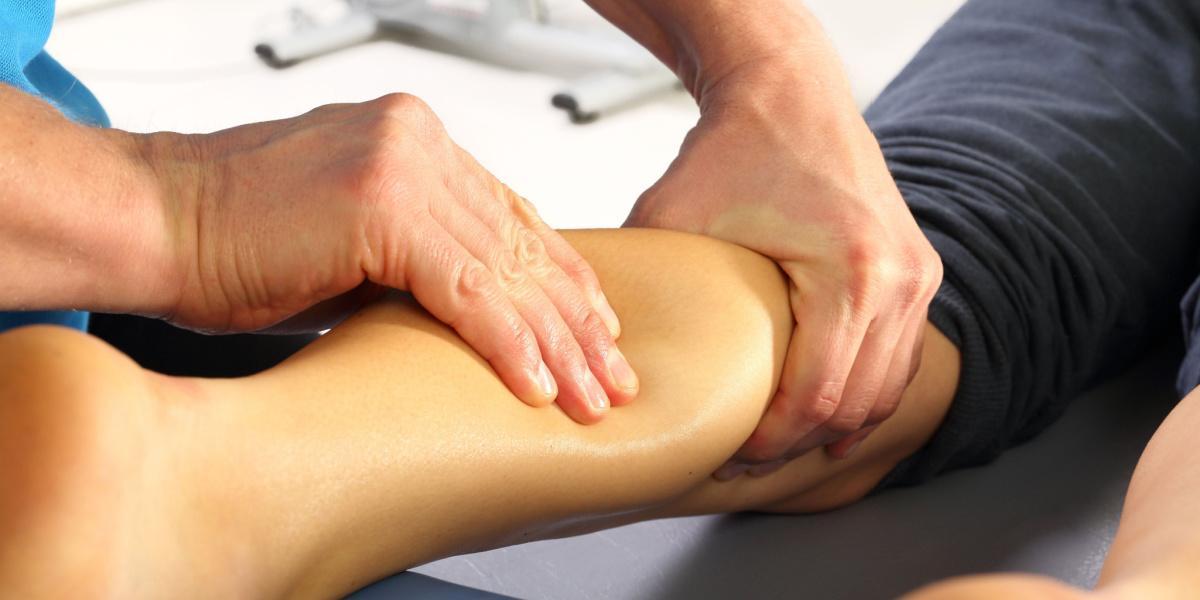In the shadows of trauma, where silence speaks louder than words, many individuals find themselves grappling with the deep-seated effects of Post-Traumatic Stress Disorder (PTSD). This complex condition, often rooted in harrowing experiences, manifests in a labyrinth of emotional and physical challenges that can feel insurmountable.
Among the myriad of treatment options available, massage therapy has emerged as a beacon of hope for those seeking solace and healing. But what makes this ancient practice resonate in the modern world of psychological care? With its ability to ease tension, foster relaxation, and promote a profound sense of well-being, massage therapy not only addresses the physical ailments but also nurtures the spirit, providing a holistic approach to recovery.
As we delve into the significance of this therapeutic art, we unravel the layers of how skilled hands can mend what trauma has frayed, illuminating paths towards resilience and empowerment.
Introduction to PTSD and Its Impact

Post-Traumatic Stress Disorder (PTSD) is a profound psychological condition that emerges following exposure to traumatic events, including but not limited to combat, natural disasters, or personal violence. Its effects ripple through every aspect of an individual’s life, manifesting in symptoms such as flashbacks, severe anxiety, and hypervigilance.
Those affected may find themselves trapped in a cycle of fear and avoidance, struggling to navigate daily routines and relationships. The emotional and physical toll of PTSD can be overwhelming, leading to isolation, depression, and even debilitating health issues.
As we explore various treatment modalities, it’s crucial to understand the intricate layers of PTSD and its pervasive impact, paving the way for innovative approaches like massage therapy that can offer relief and healing. Through the gentle art of touch, we can begin to unravel the tight-knit threads of trauma, creating pathways toward recovery and a return to a sense of self.
The Role of Massage Therapy in Healing
Massage therapy plays a vital role in the healing journey for those grappling with post-traumatic stress disorder (PTSD). It offers a safe haven, a reprieve from the chaos that often engulfs their minds and bodies.
Through gentle, skilled manipulations of soft tissues, this therapeutic practice fosters an environment where tension can dissipate, and trauma-related anxiety may subside. Not only does it alleviate physical discomfort, but the rhythmic strokes also promote the release of endorphins—the body’s natural painkillers—creating a sense of tranquility that, for many, feels elusive.
As clients lie on the massage table, they may find a rare moment of connection, not just with the therapist but with their own body, reclaiming the embodiment that trauma often disrupts. In this serene space, trust can blossom, allowing individuals to gradually process their experiences and reconnect with a sense of safety.
Ultimately, massage therapy serves as a powerful adjunct in the multifaceted approach to managing PTSD, offering both physical relief and emotional support.
Types of Massage Therapy Beneficial for PTSD

Massage therapy offers a variety of techniques that can effectively support individuals coping with PTSD, each catering to unique needs and preferences. Among these, Swedish massage, known for its gentle, flowing strokes, provides a soothing experience that can help release tension and promote relaxation.
In contrast, deep tissue massage targets the deeper layers of muscle and connective tissue, which can be particularly beneficial for chronic pain often associated with traumatic stress. For those seeking a more integrative approach, somatic experiencing combines physical touch with awareness of bodily sensations, fostering a deeper connection between mind and body.
Additionally, aromatherapy massage incorporates essential oils to enhance emotional healing, while hot stone therapy utilizes the calming heat of stones to ease muscle stiffness and facilitate emotional release. Each of these modalities not only aids in physical relief but also offers a sanctuary from the overwhelming feelings that may accompany PTSD, allowing for a more holistic path to healing.
Conclusion
In conclusion, massage therapy presents a promising complementary approach for individuals struggling with Post-Traumatic Stress Disorder (PTSD). By fostering relaxation, reducing anxiety, and promoting emotional healing, massage can serve as a vital tool in the overall management of PTSD symptoms.
As individuals seek effective modalities to enhance their mental well-being, establishments like 동탄마사지 offer specialized services designed to address the unique needs of those affected by trauma. Ultimately, integrating massage therapy into a comprehensive treatment plan—alongside traditional therapies—can empower individuals on their journey to recovery, helping them regain control of their lives and foster a deeper sense of peace and resilience.





